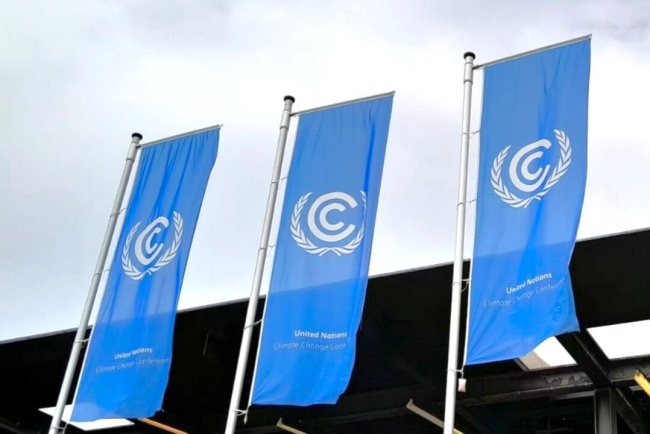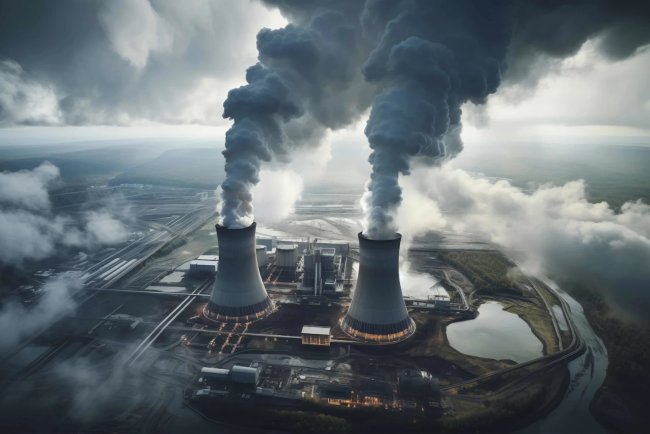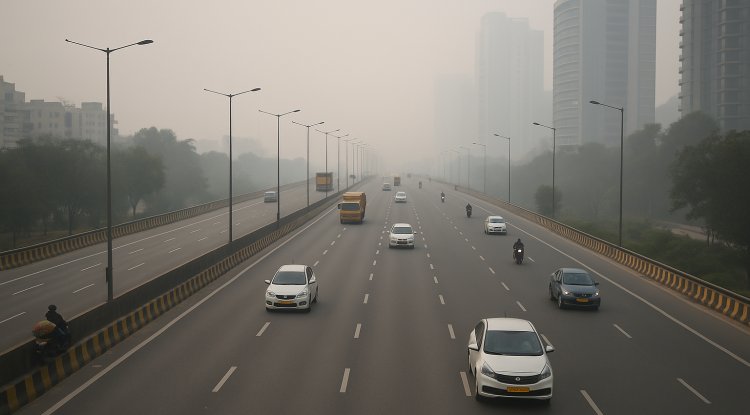Switzerland’s Clean Water Drive Becomes Global Model for River Restoration
Switzerland has transformed its polluted rivers and lakes into clean, safe water bodies through strict wastewater laws, advanced treatment technology, and strong public investment. The country now serves as a model for global water restoration efforts, with the EU adopting similar micropollutant removal rules.

Switzerland is the exemplar of water rebirth, with once-toxic lakes and rivers transformed into clean public spaces due to decades of assertive environmental policy and investment. The nation's waterways, once among the most polluted in the continent, are now commonly viewed as among the cleanest, thanks to wide-ranging treatment initiatives, technological developments, and legislative reforms.
Swiss rivers and lakes were seriously polluted with untreated sewage and industrial effluent in the 1960s. The Aare and Limmat rivers were unsafe for public use, and there was apparent evidence of pollution in the form of algae, foam, and dead fish. Swimming was banned in most swimming spots because of the high health hazard.
The watershed occurred in 1963, after a typhoid epidemic that caused deaths among the people of Zermatt and was traced to polluted water. The public health emergency prompted national intervention to eliminate the problem of water pollution. Wastewater treatment became mandatory under Swiss law in 1971. Only 14% of the population was served with treatment works then. In 2023, 98% were served.
The Swiss government continues to invest significantly in improving and maintaining water quality. A total of £174 per head was invested in wastewater treatment in 2022—almost twice as much as was invested in England and Wales for the same period. The investments are reaping rewards. Just five of 196 bathing areas authorized in Switzerland fell below water quality standards in 2023, states the European Environment Agency.
Switzerland also has taken its place as a global leader in combating micropollutants—traces of medications, cosmetics, and household cleaners that resist elimination even after basic treatment. In 2016, it became the world's first country to mandate a law on eliminating the pollutants. Advanced treatment plants now utilize a multi-stage filtration process, including activated charcoal, to remove up to 80% of micropollutants from wastewater.
Plants like the Villette plant in Geneva process 250 litres of wastewater per second. They do this by first ridding water of visible waste, secondly by biological treatment using bacteria, and thirdly by running water through activated charcoal to strip away the final chemicals. Seven plants are equipped annually in Switzerland with this system. 37 plants are equipped with the system for 2025, with a target of up to approximately 140 for 2040.
Switzerland's strategy has been followed globally. Water specialists across the globe have been inspired by its model, and the European Union has also followed it by requiring micropollutant elimination at big treatment plants by 2045. The achievements of these efforts are evident in cities, where once polluted rivers and lakes now qualify as safe enough for bathing and sport activities.
With the upgraded water quality, the clean watercourses have also emerged as amenity spaces that add to urban life. Swiss experience indicates the value of political consensus, visionary investment, and foresighted regulation to effective management of the natural environment.
With water resources everywhere in the world under growing pressures due to climate change and population pressure, the all-round approach of Switzerland presents a realistic model for countries keen to restore and conserve their rivers and lakes.
Source
Original article by Cyrene Oraya Reyes, published Fri 4 Jul 2025 as part of Climate Insider.
Image Credit: Freepik, Unsplash
What's Your Reaction?

















